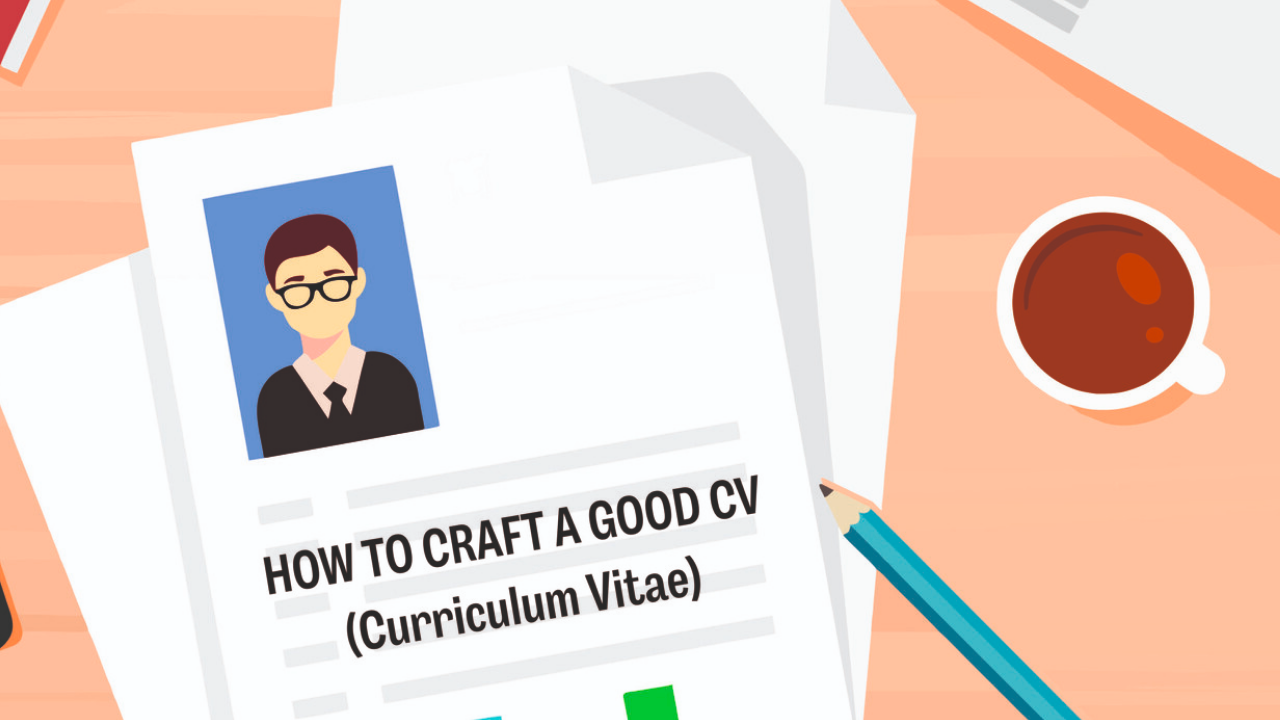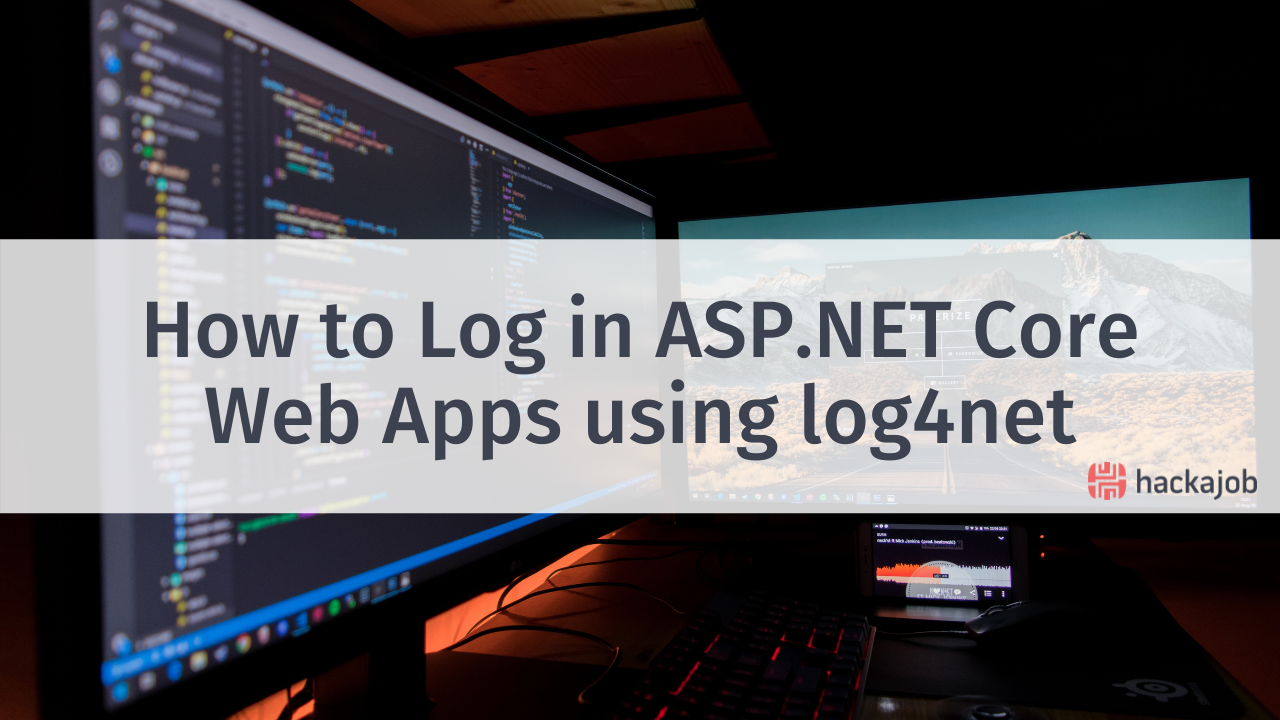It may seem like a never-ending uphill battle to find a job (particularly a tech job) as a graduate, but with a few helpful pointers, it doesn't have to be that way. That’s why Olivia Crichlow (a recent tech graduate who found herself with 3 job offers in 12 weeks) and Jamie Lyons (hackajob Recruitment growth specialist, with 100s of successful candidates at prestigious brands like Indeed.com and TikTok), have teamed up to help you sharpen your job hunting skills.
This is part 1, where you will learn how to maximise your conversion rate for applications to interviews! This is going to be an extensive deep-dive so buckle up!

Your Resume
Your CV is the perfect opportunity to showcase your professional and educational accolades. It’s vital that your CV is super easy to extract important information from. Did you know the average hiring manager will look at a CV for 6-7 seconds? So you've got to make them count! Let's examine some of the things that could be stealing your precious seconds...
- Long, wordy sentences
- Meaningless graphs, charts, and rankings
- Oversharing personal hobbies and information at the top of the CV
- Grammatical errors
- Poor formatting
- Too lengthy of a CV (2 pages max)
- Irrelevant information to the role you're applying for

So, now that you know what to steer clear of, you’re likely wondering, what should you be putting on your CV? Well, luckily you’re in the right place! Here are some key fundamentals to consider when building a powerful CV;
- Keep it clear concise and relevant without waffling on too much
- Include a professional email, number and LinkedIn profile link
- Use positive powerful wording throughout, such as passionate, increased or successfully…etc
- Keep a consistent formatting throughout. The same font, bolded sub/titles. Make it easy to read, and also easy to get through the ATS with considerably less issues
- A 2-3 sentence introduction, one sentence for your background, one to explain yourself/skills, and a final one to portray what you’re looking for
- Bullet point 6-10 of your relevant key skills for the role you’re applying for
- Add your relevant roles, internships and placements with highlights/achievements of each. Show this by providing tangible results, stats, positive outcomes and the value added etc.
- Include times where you have excelled expectations and added value.
- Showcase your ability and desire to learn at a fast pace
- Links to relevant publications and projects/portfolio
- Any courses/certifications you have taken (it is also a great idea to get some new ones under your belt, as it verifies your skills to the potential employer. If you sign up to hackajob you can try our coding challenges for free.)
- If you’re considering various career paths, for example Data Analysis and Backend Development, it's a good idea to have an amended CV for each role, which are role specific and heavily tailored to the career path
The goal is to allow the reader to extract as much key information as possible in as short a time as possible, to really ‘pull’ them in from that initial interaction. Keeping it in a familiar, trusted format will help this. That’s why when it comes to CVs there is beauty in simplicity. For a visual example of what a clean structure might look like, click here.
Try to imagine yourself in the position of a hiring manager, browsing through CVs... how can you make yours stand out? Why should you get the chance? Express it through your CV, it’s more than words on a page - it’s your ticket to a career.
If you’re still feeling a little unsure, two really useful websites that can help with creating a CV (layout & content) are Resume.io and MyPerfectCV.

Creating A Portfolio
A great addition to your applications is adding a link to your projects/portfolio, which is usually hosted on a website or GitHub pages. This is a great way to demonstrate your skill set, whilst also showing you can successfully complete projects from start to finish. Many jobs don’t explicitly ask for a portfolio - so including one could give you the edge over other candidates. Besides it always looks better to come prepared with a ‘full’ application.
Here’s some examples of what you should include/create (depending on your desired roles);
- Clearly have your name displayed
- Your Github profile/repositories for code
- Any web pages/sites you’ve created
- Some dashboards and/or data projects
- Google collabs of your previous projects and also include screenshots of data visualisation you produced from your code
- Projects you completed during your course
The great thing about a portfolio is that there are no boundaries, so use this chance to really impress the recruiter and leave a good impression. Don’t be afraid to add in examples of what you did in placements and internships (with permission of course) and anything else that you believe adds value. Here is a short youtube video explaining how you can get a quick portfolio up and running - Youtube video.

Should You Include A Cover Letter?
In short...Absolutely. As a graduate (or any level for that matter…) cover letters are an incredibly effective tool once you understand how to utilize them. Did you know, on average just ⅓ candidates include a cover letter? Despite studies showing up to 83% of hiring managers & HR suggesting a great cover letter can secure you the interview even if the resume isn’t a perfect fit. Sounds like an easy way to get ahead of the competition if you ask me….
Take the opportunity to impress on a personal level, whilst showing your genuine interest in the role and brand. When writing a cover letter it’s vital to spend some time researching the company and include the information. Doing this will show you have consciously thought about the opportunity have decided it’s a good match for you, and not just another candidate who has hit that ‘apply’ button 50 times in a row hoping to get lucky…Some great points to research are: recent news, company values/mission and the person you're making the application too. You might even strike gold and find some common interests ;)
Now, using all of this information it’s time to create an effective cover letter. The following structure is my favourite;
- Address them by their name (if possible)
- Start off by showing praise towards the company highlighting something that impressed you during your research and explain why this struck your interest.
- Mention the role you were interested in and address the relevant skills/why you think you can add value to the business long term
- Give a short story of the high level highlights of your journey to date
- Share some small insight into your personal life achievements/hobbies
- Reinforce your interest and desire to work towards the companies mission and thank them for the consideration
Finally, for a little cherry on top add their company logo to the header for that extra personalisation touch, it’ll be sure to grab their attention. You can find an example of the exact cover letter Jamie made for the hackajob application by clicking here.

In Real Life Events (yes they still exist after Covid!)
On top of applying and searching for roles online, it’s also a great idea to get yourself to some real-life tech & recruitment events. Not only are they a great place to learn but you can make some great additions to your network, which is extremely valuable in itself! Getting face to face with these recruiters and techies, asking questions directly where you’re much more likely to get value out of a real-life interaction. Real-life events often offer workshops such as ‘CV clinics’ and much more where you can further sharpen your skills.
If you’re unsure about how to approach these career fairs/events, here are 5 key steps on how you can ace them whilst building some great relationships:
- Research the companies that will be attending
- Formulate a list of attending companies that have open vacancies that interest you
- Have some goals/agenda in mind for what you want to achieve out of the day, maybe pre-prepare some questions!
- Attend a workshops and company talks
- Follow up with everyone you talk to, add them on LinkedIn with a nice message along the lines of ‘it was great meeting you at the career fair on X day, I am really interested in the X role(s) and will be applying.’ or ‘it was a pleasure to chat with at x, I would love to join your network’
At times it may feel a little outside of your comfort zone, but you’ll soon become accustomed to it. You’ll see great personal development along with a considerable value increase for your personal network. Just remember - it’s absolutely worth it! Check out some events here!

How To Start ‘Moving The Needle’
It's not always said, but it's common to feel imposter syndrome throughout the process, you might feel like you're missing a few skills on the job spec and want to hold back on certain applications. Our advice would be to simply go for it! Submit your CV and complete the cover letter, ask yourself, ‘what's the worst that can happen?’. You’ll soon come to realise that job specs are essentially a ‘wish list’, which often are not even drafted by the hiring manager.
As the old-age adage says, you miss 100% of the shots you don’t take. Companies are looking for much more than just skills on a page, they are looking for an enthusiastic employee to add value to their organisation. There are many, many jobs out there and you may be surprised to hear that as many as 60% of jobs are not advertised, the key is just knowing where to look and how to discover them.
Here are a few of the best places to begin your online job search and make some applications (and don’t forget to hyper-personalise those applications!) :
- Sign up to hackajob where companies will reach out to you!
- Reach out to graduate recruiters on LinkedIn to get your name out there and start building some connections, after all they are the people who can find you new roles!
- Message internal recruiters of the companies you are most interested in (to really go the extra mile, a video introduction can be extremely effective. Take a similar structure to a the cover letter above)
- Sign up to some IRL/virtual career fairs and tech events
Remember, quality over quantity. A personalised approach is considerably more effective than a generalised one. With a job search you’ll get out what you put in. When you spend ⅓ of your day working, it’s worth injecting that little extra effort into your search to make sure you get the role you deserve. Be proactive in your job hunt and reap the career benefits.

Now You’re Ready!
By putting all of these tips into action you're sending a message to the hiring manager. A message that you’re the candidate that goes that extra mile, the one that takes pride in their work and would relish the opportunity to work with the business. You're the person who makes sure chance is on your side, but most importantly, someone worth interviewing.
Good luck and stay tuned for part 2 where you’ll discover how to prepare for and smash the interview process like a pro! Like what you've read or want more like this? Let us know! Email us here or DM us: Twitter, LinkedIn, Facebook, we'd love to hear from you.


